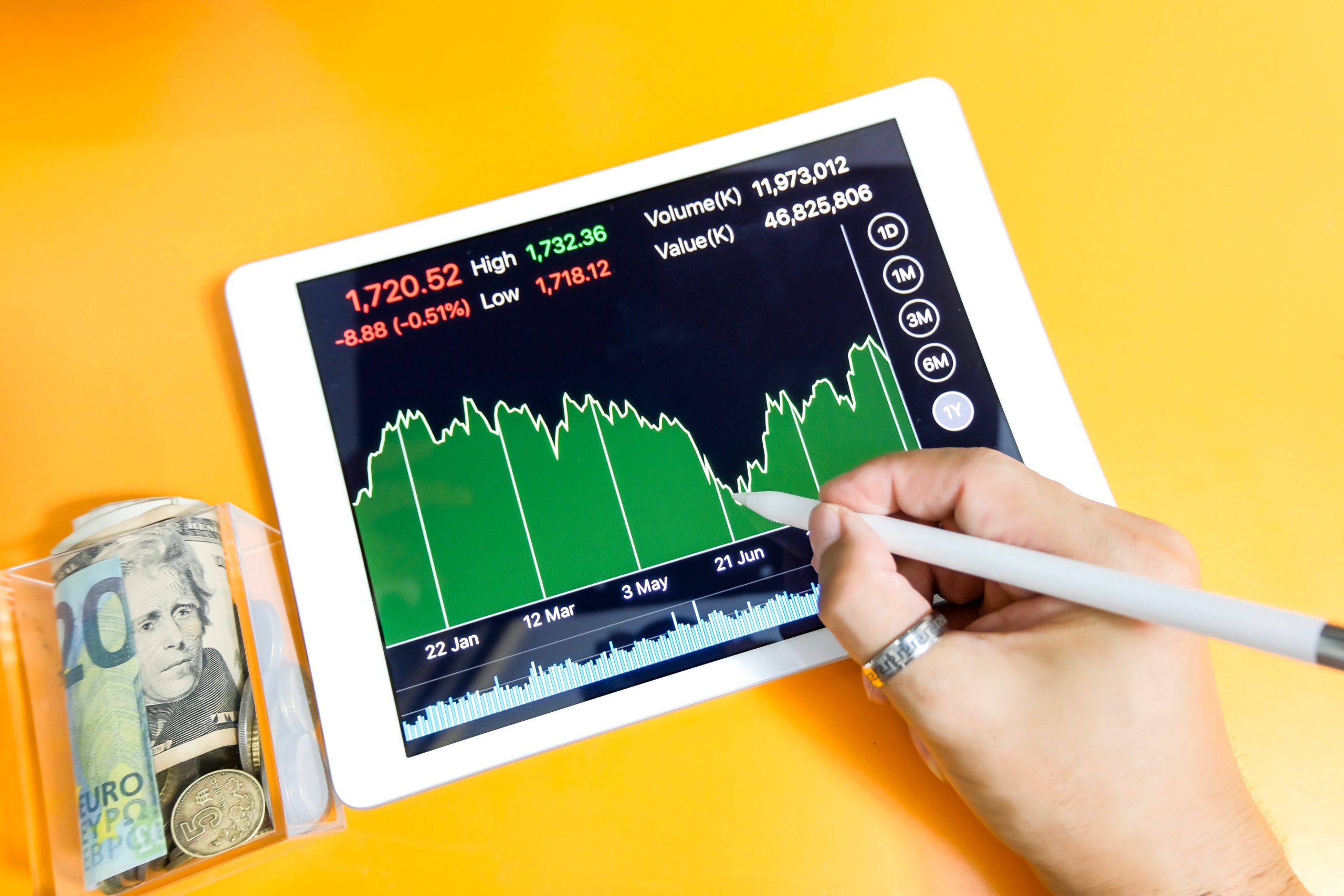
In this article, we will be discussing the growth of Bitcoin over the years and how it has shaped the economy. Bitcoin is a decentralized digital currency that first came into existence in 2009, due to the efforts of a person named Satoshi Nakamoto who until today has remained anonymous. Bitcoin was mainly created to be a digital, secure, peer-to-peer cash system; it is known to be the most secure due to its use of blockchain technology.
Among all other cryptocurrencies, Bitcoin has been the most volatile. However, it has become the highest performing asset of any class (including stocks, commodities, and bonds) over the last decade. It has been speculated that Bitcoin, in its intentionally limited supply, will be fully mined by 2040. Unlike fiat currency, which is always reprinted, this scarcity exists due to the difficulty of mining which tends to become more challenging every 4 years. The price of Bitcoin is driven by the rules of supply and demand; Bitcoin is not a state-owned currency like fiat currency, this anonymity that it offers could either attract or repel investors. There are many aspects that affect the price of Bitcoin such as government regulations on cryptocurrencies, the cost of producing bitcoin through mining, and the presence of other competing currencies such as Ethereum, Dogecoin, etc… A limited, scarce currency such as Bitcoin will have a higher price while an infinitely distributed currency will have a lower value. Bitcoin halving, which takes place every 4 years, will increase the prices because the supply will decrease.
Not every individual can invest in Bitcoin, as it happens to be banned in some countries. Due to its use in illegal activities, such as money laundering and drug trafficking, or because it is not a state-owned currency, some governments do not allow it. Countries that have banned the use of digital currency believe Bitcoin is a threat to the monetary system. Countries such as China have banned their banks and other financial institutions, such as payment providers, from transacting or dealing in Bitcoin; cryptocurrency exchanges are also prohibited. China has banned the currency because it wishes to eliminate all competition for its highly regulated, closely monitored, centralized Digital Yuan. Moreover, China was among one of the first countries to ban Bitcoin. Countries are banning Bitcoin due to the increase in illegal activities involving cryptocurrency and the consumption of large amounts of energy stemming from mining. Despite the fact that Bitcoin has been around for over a decade, numerous nations do not yet have comprehensive systems in place to restrict, regulate, or ban cryptocurrency. However, even though Bitcoin is known to be used as a means of payment for buying illegal goods, criminals have moved away from using Bitcoin due to concerns of being traced.
For a cryptocurrency such as Bitcoin, market capitalization is the value of all coins mined. It is calculated by multiplying the current market price of a single coin by the number of coins in circulation. There are three types of market caps such as:
- Large-Cap: Bitcoin has a market cap of over 10 billion USD and investors have experienced its growth over the years; they believe there is a lower risk investing in Bitcoin as it generally has higher liquidity than other cryptocurrencies.
- Mid-Cap: These cryptocurrencies have a market cap between 1 billion USD to 10 billion USD and the risks are higher because they are generally thought to have untapped potential upside.
- Small-Cap: A market capitalization of less than 1 billion USD, entities within this category are most vulnerable to dramatic fluctuations in market sentiment.
The presumed value versus fiat currency is one reason Bitcoin may continue to fluctuate. It is influenced by a fundamental choice taken by the core technology’s developers to limit its production to a fixed quantity of 21 million Bitcoins. Fiat currency is significantly different from Bitcoin as it is state-owned in order to control low inflation and for the appropriate implementation of monetary policies. As economies built with fiat currencies show signs of strength or weakness, investors may invest more in Bitcoin.
We can have our own speculations on how the future of Bitcoin is going to look and how it will be shaping the world in the near future. However, because Bitcoin is a recent invention, we do not have a well-established precedent upon which we can base theories. It is important for investors to know that they cannot be profiting from Bitcoin at all times due to its price fluctuations. They must be aware of all risks and be prepared to lose; they should stick to a more traditional investment for more long-term and consistent profits. Financial experts believe that Bitcoin’s volatility is short-term, nonetheless, it is going to have long-term growth. Other cryptocurrencies which are less than a decade old are now worth over 2 trillion USD and Bitcoin alone is worth over 1 trillion USD. The volatility is what attracts investors because Bitcoin’s price can go up very fast and at the same time drop really fast. What the future holds for Bitcoin is unexpected, but at the same time, it is exciting to see what new technologies can unlock in terms of potential for the cryptocurrency market, just as blockchain technology has already done.





